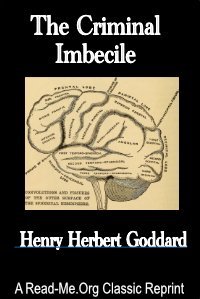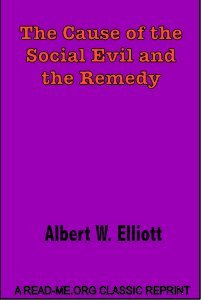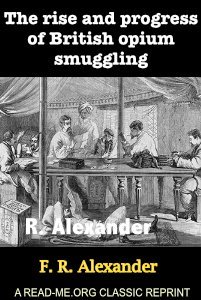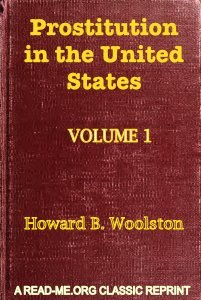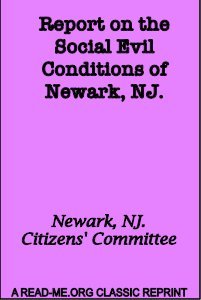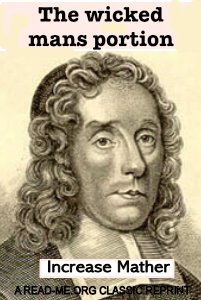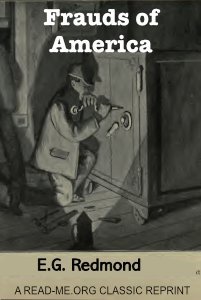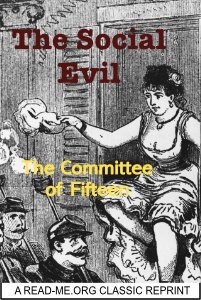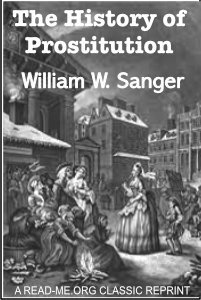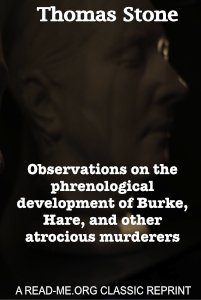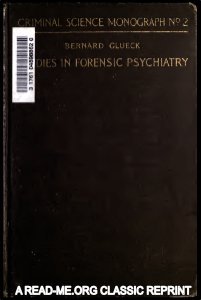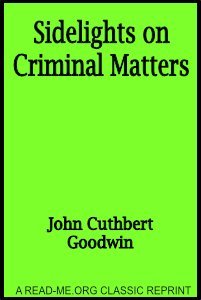By Henry Herbert Goddard.
This book is offered to the public in the belief that the three cases herein described are typical of a large proportion of criminal cases and that the analysis and discussion at- tempted will help to make clear important points which are often misunderstood, points relative to the criminal and to the imbecile. A clear conception of the nature of the imbecile and of his relation to crime will inevitably result in a most desirable change in our criminal procedure. It should be noted that we use "imbecile" in the legal sense which includes the moron and often the idiot as scientifically classified. This usage is justified since much of the literature still describes all mental defectives as imbeciles, idiots, or feeble-minded —according to the preference of the writers. These cases are unique in that they were the first court cases in which the Binet-Simon tests were admitted in evidence, the mental status of these persons under indictment being largely determined by this method.
New York: Macmillan, 1916.188p.


